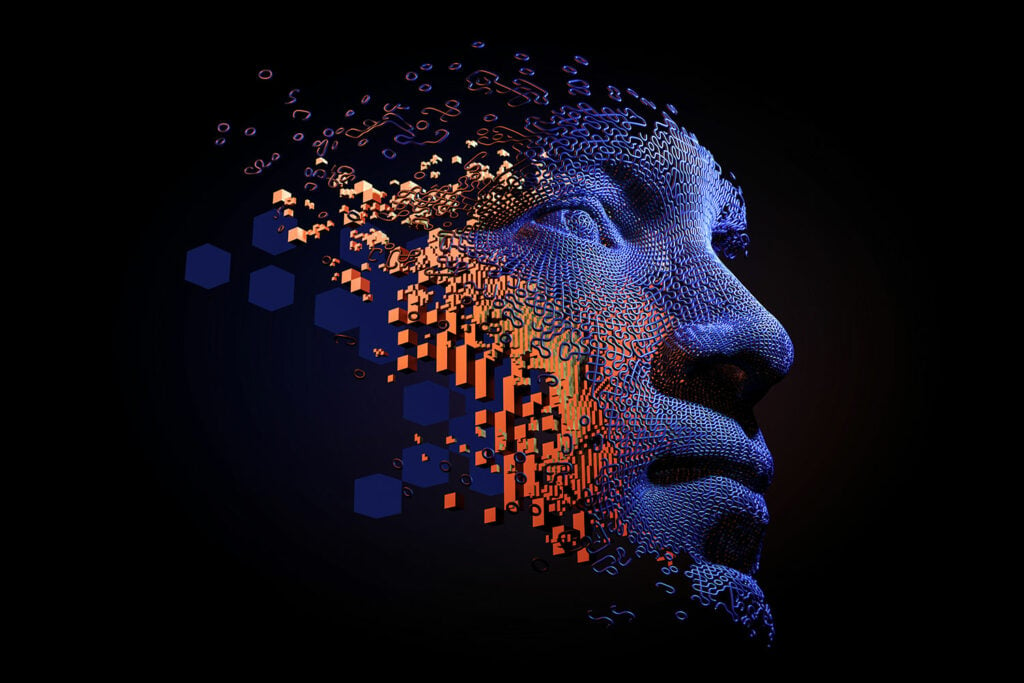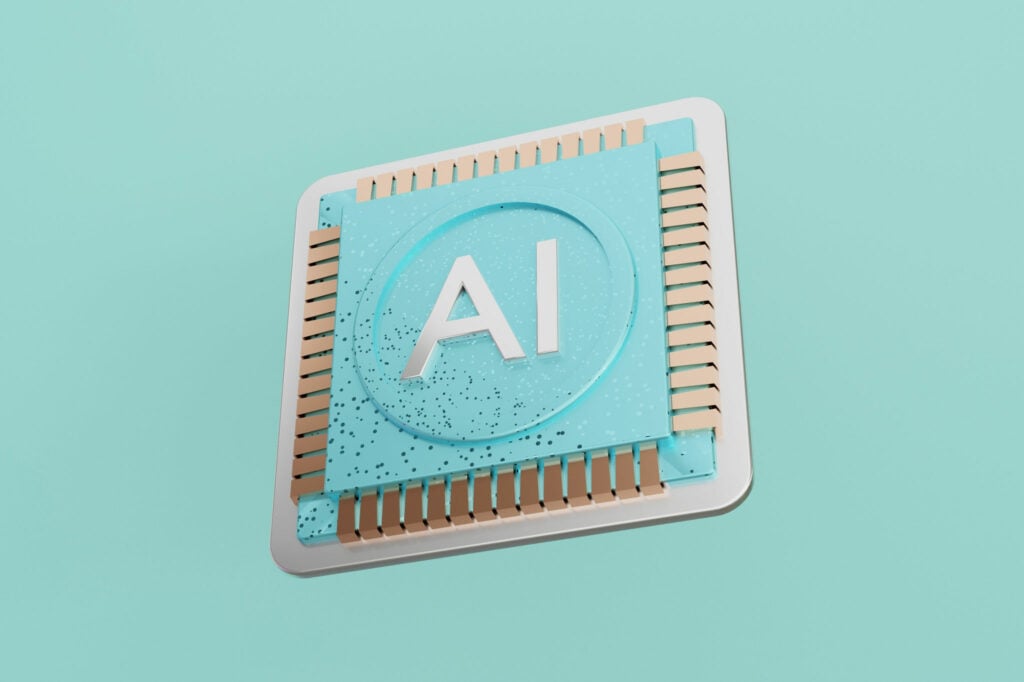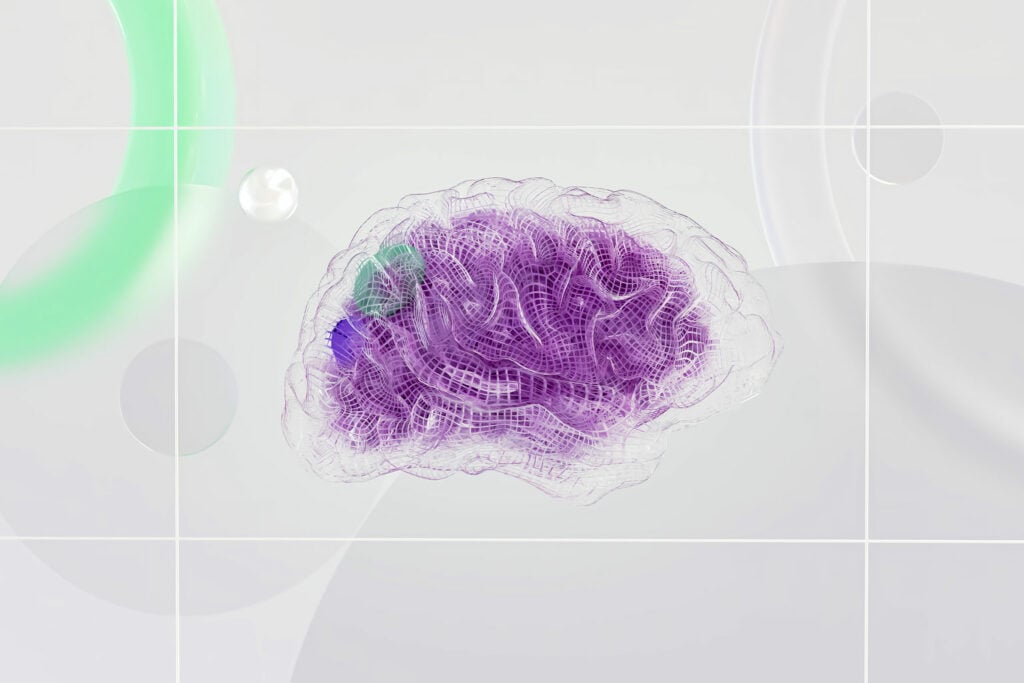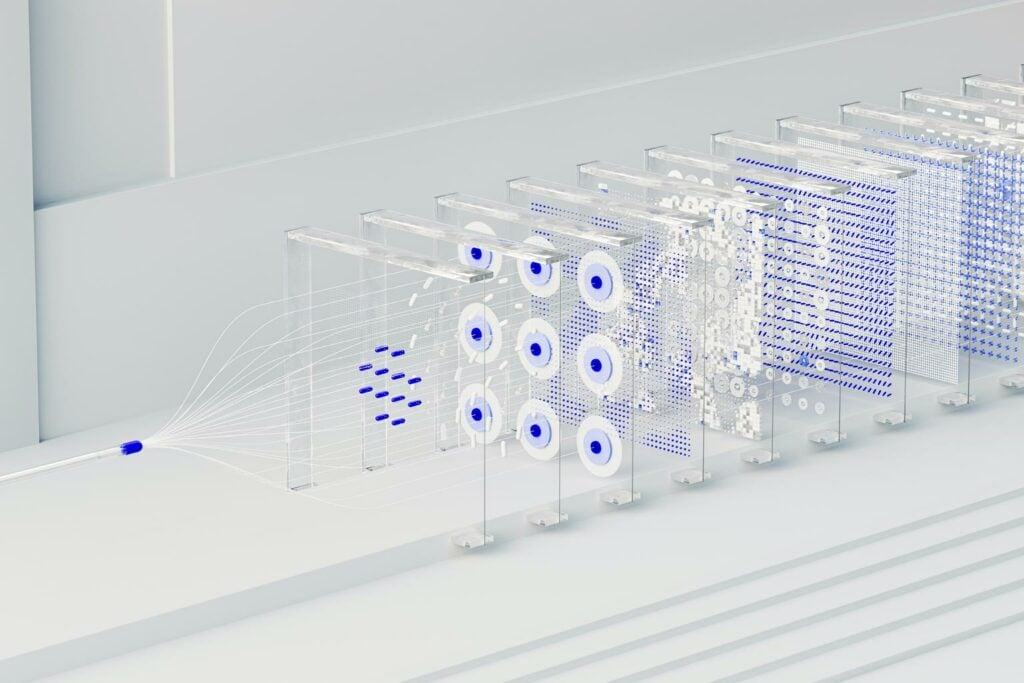What is Artificial Intelligence
The evolution of Artificial Intelligence (AI) technology has made tremendous strides since it’s early innovation nearly two decades ago. Today, AI technology can be found in Amazon products hosting Amazon’s virtual assistant technology Alexa, Apple products with Siri, Google Home, voice assistance, facial recognition on smartphones, and autonomous driving. However, for many the questions remains what is AI?
The World Intellectual Property Office defines Artificial Intelligence as “a process that used algorithms and statistical models to allow computers to make decisions without having to explicitly program it to perform the task. Machine learning algorithms build a model of sample data used as training data to identify and extract patterns from data, and therefore acquire their own knowledge.”
Artificial Intelligence (AI) is at the intersection of machine learning, language processing, and systems management. In the past, AI implementation was most often associated and understood in connection with robotics. These robots would animate and allow machines, to move and navigate in the real world, make decisions, communicate, and perform basic tasks. Today, AI technology has the capability to make judgments, optimize practices, recognize patterns and objects, and predict future behaviors. While the law struggles to keep pace with this cutting-edge technology, a variety of legal and regulatory concerns have emerged.
Can Artificial Intelligence be Patented?
While AI innovation has rapidly become a staple in our daily routine by allowing computers and other computing devices to recognize, patterns and objects, and make predictions the question of whether elements of AI technology may be patented remains somewhat ambiguous. Like any software or computer-implemented technology, inventors must first determine if their AI technology meets the patent eligibility framework set out under 35 U.S.C. § 101. Examiners, administrative boards, and courts have all grappled with how best to analyze AI-related patent claims, especially in light of the infamous 2014 Supreme Court decision in Alice Corp. Pty. Ltd. v. CLS Bank Int’l, 134 S.Ct. 2347 (2014) (citing Mayo Collaborative Servs. v. Prometheus Labs., Inc., 566 U.S. 66, 71-73 (2012)).
While uncertainty remains as to “what is enough” functionality to provide in a patent application in order to avoid an abstract idea type rejection, these challenges have not slowed the pace of patent application filing with the USPTO. Patent applications filings directed toward AI technology and AI implementations are increasing year-over-year at a record pace, with over 65,000 AI-related patent applications being filed in 2021. Specifically, AI-related patent applications in the telecommunication, autonomous vehicle technology, and software industries accounts for over 50% of filings.
Best Practices When Drafting your AI Patent Application
As with every patent application, the “point of novelty” or processes being protected may differ, however; we have included a brief summary of “best practices” when drafting your AI utility application. First, when drafting your AI application, it is always good practice to ensure your application includes a detailed description of the technical problems and challenges in the industry and a thorough explanation of how your AI invention would provide a technical solution to “one of ordinary skill in the art.” Ensuring that you have provided a framework for the technical improvement addressed by your application and the novelty used to solve these will help streamline the Examiner with the substantive examination of your application and keep them focused on the “point of novelty” within your application.
While many patent practitioners focus most of their drafting efforts on the claims, it is important to remember the importance of providing a detailed specification that will be invaluable should you have to make later amendments during prosecution.
Confirm you have ample drawing figures with detailed elements to support your claim set. Flow charts and system architecture modules can be an integral part of helping the Examiner to understand how the characteristics of your invention are patent-eligible subject matter. Many times when drafting claim amendments in an office action, drawing figures will provide invaluable support. If your AI application includes generic hardware components, you should ensure your claims and drawing figures include elements that are not simply routine and conventional and, if applicable, actually improve the performance of the hardware.
Don’t overlook the importance of a robust specification, Drafting your specification to include descriptions of multiple embodiments will ensure that you have ample subject matter support within the application, should you have to amend the claim set in the future. Lastly, you should ensure your application complies with the enablement and best mode requirements by ensuring that your written description is very detailed and will “allow one of ordinary skill in the art to both make and use the invention without undue experimentation (In re Vaeck, 947 F.2d 488, 495 (Fed. Cir. 1991)).”
AI and Inventorship Considerations
While AI technology may contribute to the creation of specific patentable subject matter inventions, U.S. law requires that inventorship is limited to “natural humans.” This requirement was confirmed by a federal judge in 2020 case involving Steven Thaler. In the ruling, the court held that AI agents failed to fall within the definition of “natural persons” and therefore could not be credited as a named inventor on a patent application. Europe, South Korea, Australia, New Zealand, Taiwan, and others have further concluded that an AI technology fails to meet the statutory definition of an inventor.
One related inventorship issue that may come to the forefront in the coming decades will be whether the standard of “one of ordinary skill in the art” needs to be reevaluated, modified, abandoned, or replaced in light of emerging AI technologies or agents. With the tremendous stride in AI innovation, AI could well outpace human intelligence in any of a number of fields and the level of skill of a standard AI skill in the art may be far advanced over that of even the most educated humans. At such a high standard level of intelligence, it may become impossible for a patent examiner to evaluate or even understand what is the new “ordinary level of skill in the art.”
Protecting Your AI with a Trade Secret
The current level of ambiguity in U.S. law surrounding the question of what portions or concepts related to AI innovation can be patented had led many companies to elect to keep their AI secret, as opposed to filing publicly available patent applications. Ensuring that formulas, code, compilations, programs, methods, techniques, designs, and processes are hidden, and their secret sauce is not available to prying eyes and the outside world using “reasonable measures,” affords a company employing such AI to protect it under trade secret protection. This may be useful for businesses whose AI implementations affect internal company issues and are not directly related to, or interfacing with, the outside world, such as customers, competitors, distributors, vendors, or others. In those instances, the availability and/or accessibility of code and interfacing via networks may jeopardize the company’s ability to protect its AI using trade secrets.
In order for a company to effectively prove the applicability of trade secret protection, the company must enact and follow certain protocols. A mere declaration that their AI is “secret” or an attempt to keep the AI in-house without other measures is unlikely to be enough to persuade a judge. Protocols that will be useful are to maintain a watchful eye over the AI development and frequently consider whether its scope has changed. Limiting physical access to the AI, including the servers and media it is stored on and computers it is programmed on, is important. Likewise, digital protection can prove crucial. Both digital and physical documents can be marked secret or confidential and maintained in secure locations. Multi-factor authentication, mobile device management policies, data loss prevention measures, and more will prove important in caring for the AI’s security. Written and published policies governing employee conduct and access to the AI and detailing that the AI is a company trade secret will ensure that employees understand the gravity of the technology and its importance to the organization, as well as potential consequences for violations. NDAs and contract terms can also be used to impress the technology’s importance on employees.
Since there is no formal registration or declaration process for protecting trade secrets, there is no waiting period after an application has been filed (as exists in the copyright, trademark, and patent application processes) and protection can begin immediately upon enacting the policies. Furthermore, protection can last indefinitely, as long as the protocols are adhered to by the relevant parties.
Copyrighting Your AI Invention
Copyright protection may extend to certain types of AI technology including software source code, object code, and visual elements. As with most software innovations, source code and object code are considered literary works and protectable with copyright registration is they are original and fixed in a tangible medium of expression. In most cases involving software, the tangible medium is typically a hard drive, print, magnetic, or electronic medium. While the copyright protections extend to the original expression within the software, it does not include the functional aspects of the software such as the algorithms, hardware, system design, logic, or formatting.
A recent Second Request for Reconsideration by the U.S. Copyright Office Review Board held that Steven Thaler’s two-dimensional artwork titled “A Recent Entrance to Paradise” affirmed its previous decision to deny registration of the autonomously created AI image arguing it failed to include any “creative contribution from a human actor.” While AI-driven art platforms have become popular in transforming popular photographs into artwork, the Copyright Office has remained firm that “human authorship” is a necessary standard for copyright protection.
Speak with an experienced attorney about protecting your AI intellectual property
As an evolving and cutting-edge legal subject, AI protection offers a number of interesting scenarios for consideration. For companies looking to protect their AI, IP protection is available under U.S. law and one or more applicable means are worthy of consideration. Schedule a free consultation with one of our experienced startup lawyers who have worked with AI innovation across a variety of fields.





